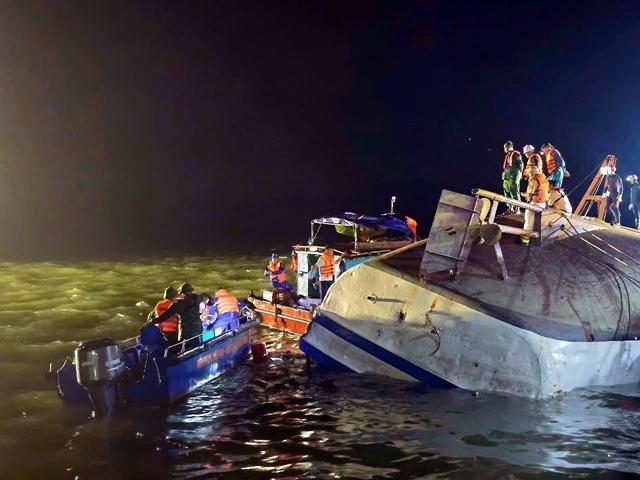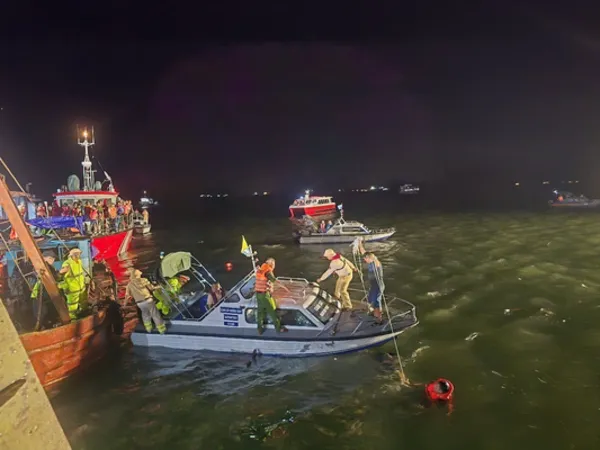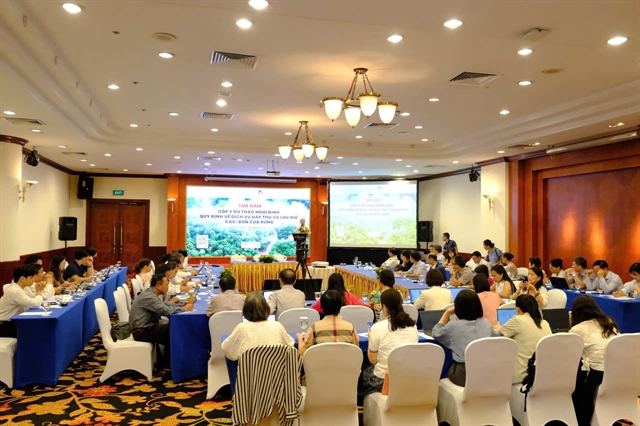 Environment
Environment

 |
| A coral reef restoration project has successfully revived over 15 hectares of damaged reefs since 2015 in Nha Trang Bay. — VNA/VNS Photo |
HÀ NỘI — As part of its tourism development strategy through 2030, Việt Nam is placing strong emphasis on expanding coastal and island resort offerings, alongside marine sports and leisure activities.
With more than 3,260km of coastline running from north to south, home to stunning beaches and diverse marine ecosystems, Việt Nam has become an increasingly attractive destination for both domestic and international travellers.
Currently, marine tourism contributes between 60 to 70 per cent of overall tourism revenue in Việt Nam.
However, rapid growth has brought mounting environmental pressures, especially plastic waste, coral degradation and biodiversity loss, prompting calls for more sustainable tourism models.
According to the Institute for Tourism Development Research, plastic waste generated by tourists could triple by 2030 compared to 2019, reaching over 336,000 tonnes annually.
Professor Dr Nguyễn Thị Kim Cúc of Thủy Lợi University warned that plastic pollution would disrupt marine ecosystems, enter the food chain and endanger public health.
Several initiatives across the country are addressing this crisis.
In Nha Trang Bay, a coral reef restoration project has successfully revived over 15 hectares of damaged reefs since 2015. Artificial reefs show a survival rate of over 70 per cent, helping to replenish marine life and attract diving tourism.
In the Chàm Islands, 20km off the coast of Hội An, a marine conservation programme launched in 2009 has helped protect over 16,000 hectares of sea area.
With support from authorities, NGOs and local fishermen, the area has restored natural reefs, limited overfishing and now welcomes over 200,000 visitors annually, generating around US$30 million.
Community efforts are also making a difference.
The 'Joining hands for a blue sea' campaign, led by GreenHub in cities like Đà Nẵng, mobilises thousands of volunteers each year to clean beaches and raise environmental awareness.
On June 8, nearly 10,000 people across 28 provinces and cities took part in the 'Act for a blue ocean' campaign, launched by the For a Green Future Foundation. Within just an hour, volunteers collected 72 tonnes of waste and cleaned more than 17 hectares of coastline and estuaries.
The Government has introduced policies to manage plastic waste in the tourism sector. The Ministry of Culture, Sports and Tourism aims for all tourist sites and accommodations to eliminate single-use plastics and non-biodegradable bags by the end of this year.
Experts agree that sustainable coastal tourism must be a shared responsibility involving authorities, businesses and communities. Eco-tourism development, green technology for waste management and public awareness campaigns are seen as crucial steps.
Chairman of the Việt Nam Tourism Association Vũ Thế Bình said that "sustainable tourism is not solely the responsibility of the Government, but requires active participation from every citizen and visitor".
He noted that only through collective efforts could the country safeguard its marine resources and preserve the beauty of its beaches for generations to come. — VNS
 Environment
Environment
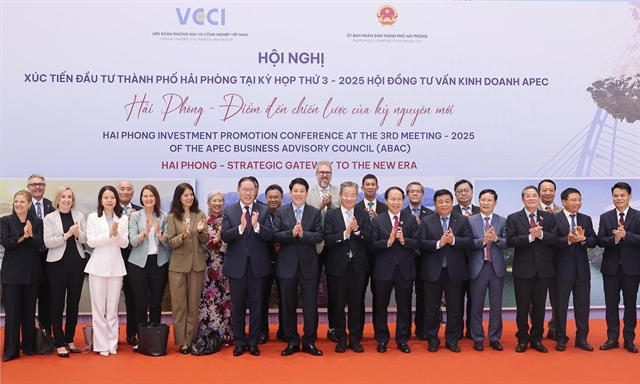 Environment
Environment
 Environment
Environment
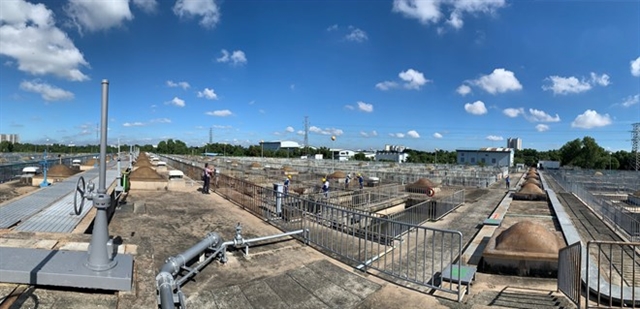 Environment
Environment
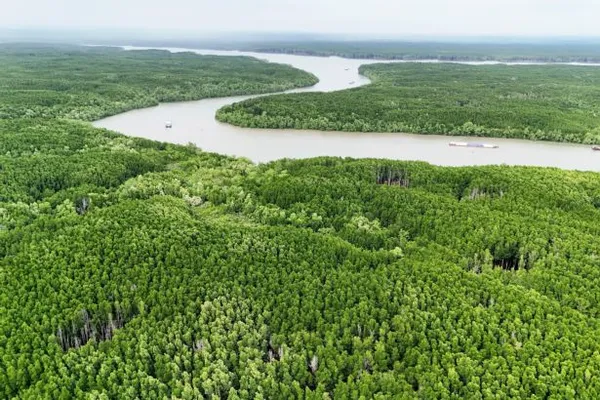 Environment
Environment
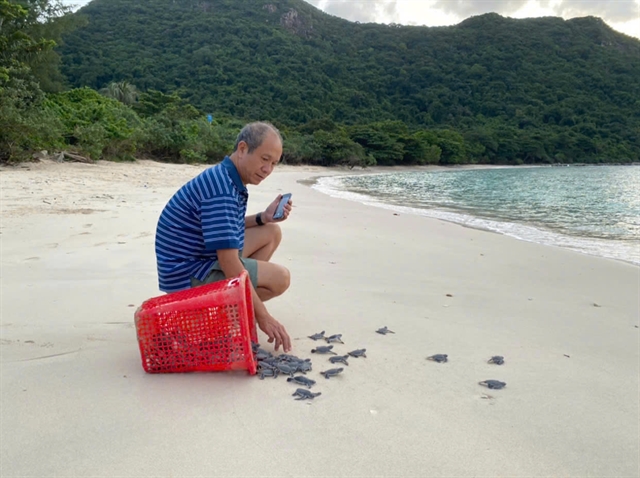 Environment
Environment
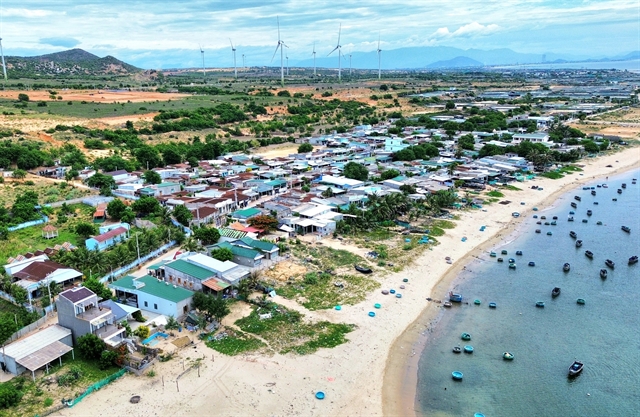 Environment
Environment
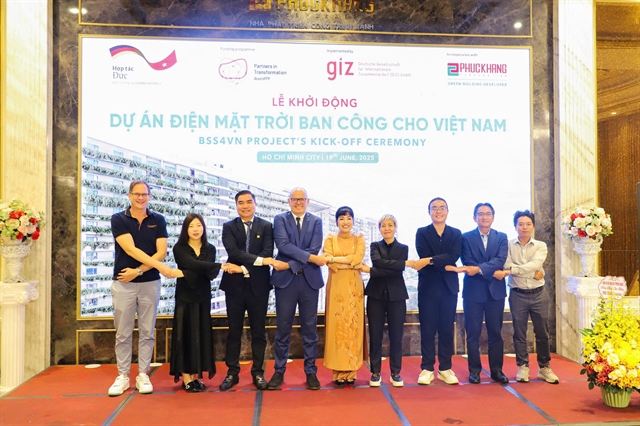 Environment
Environment
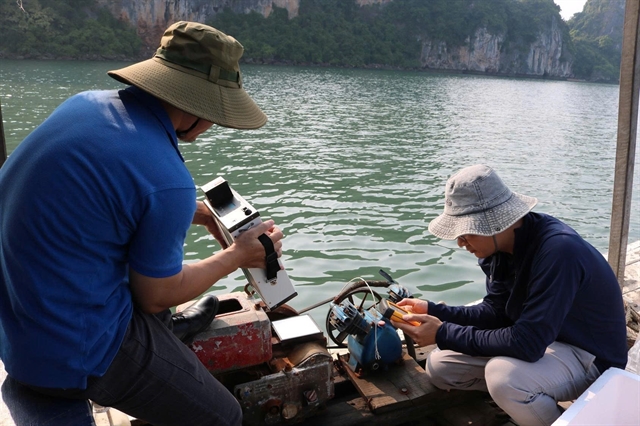 Environment
Environment
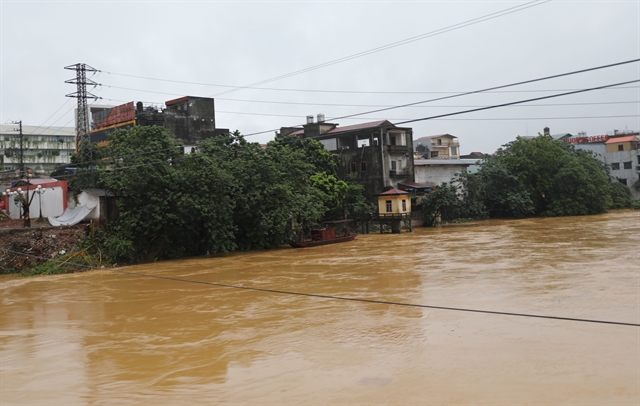 Environment
Environment
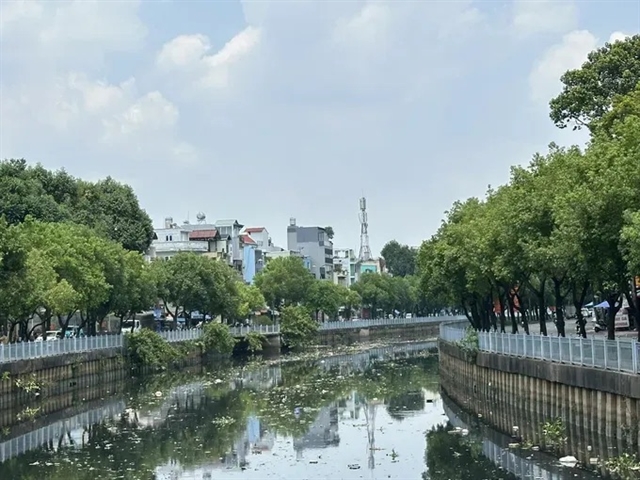 Environment
Environment
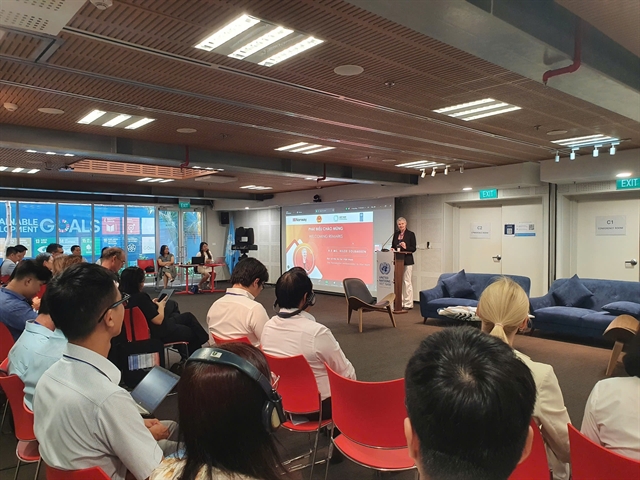 Environment
Environment
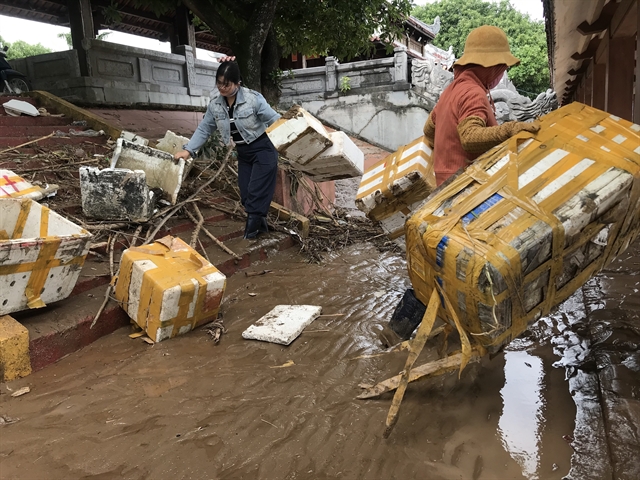 Environment
Environment
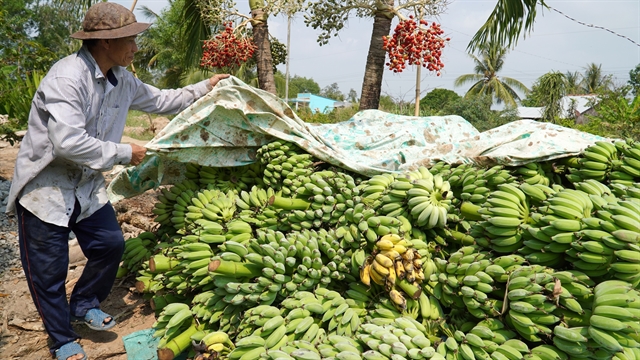 Environment
Environment
 Environment
Environment

